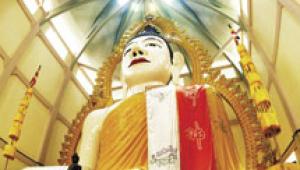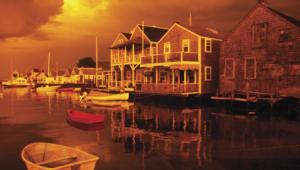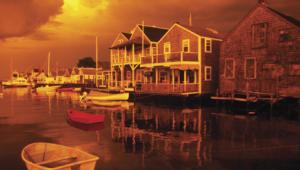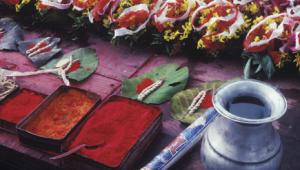A World Of Difference; Make It, Don’t Take It Page 2
 |
|
|
Tell a story? Right. That’s the key to world photography—to tell a story that includes all the elements of a place and its people. The world photographer sees destinations not as content, but as context—a stage for creating visual stories. When I create my story, every photo fits into the tale. That’s why there’s a shot list; it’s my shooting script. My story may contain, for instance, a hotel, its surrounding landscape and architectural details, its pool, the food and drink served, the clothes worn by the people, the instruments played by the musicians who entertain there.
Travelers tend to think of pictures in isolation; world photographers think of the ongoing narrative and combinations of images. If you’re already doing some of that, you’re becoming a world photographer. A world photographer sees the big picture and captures all the elements that comprise it.
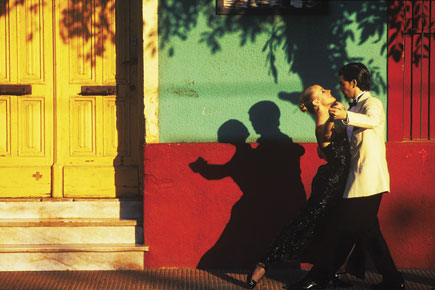 |
|
|
To do this you need an idea of what the specifics of those elements will look like. I do a lot of research—and it’s a lot of work. I’m not suggesting you do it to the degree I do, but you should do some homework, some pre-trip preparation. I’m not just wandering around; I’m going to places I’ve seen in print or heard about, places I’ll explore and capture. And I’ve thought about how to combine the shot I’ll take in one spot with the one I took somewhere else yesterday, and I know how to make today’s shots work with the ones I’ll take tomorrow.
Back in 2002 I wrote, “I want my pictures to say more than just ‘this is the place and this is how it looks.’ World photography says ‘this is what it feels like to be here.’”
 |
|
|
The next time you’re traveling, think about how you’re going to capture the feeling of a place; think about your story of that place, and how you’re going to tell it.
- Log in or register to post comments


